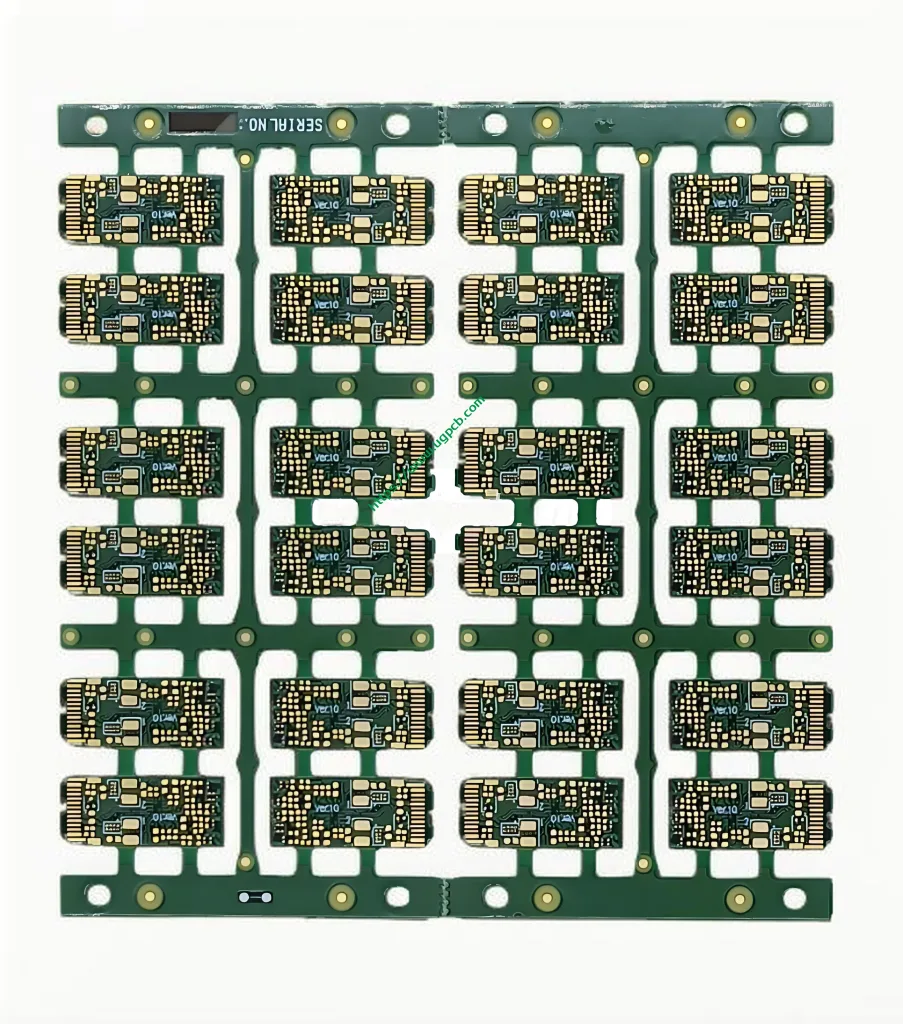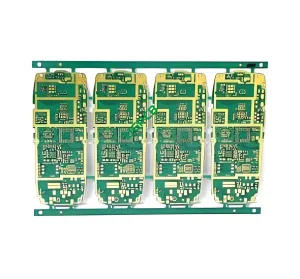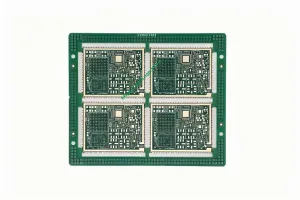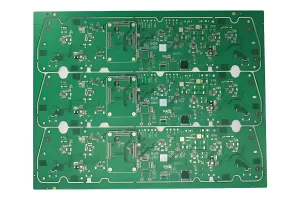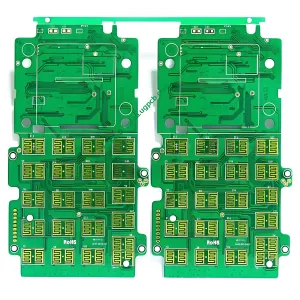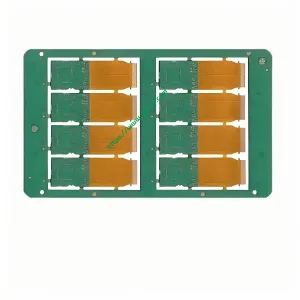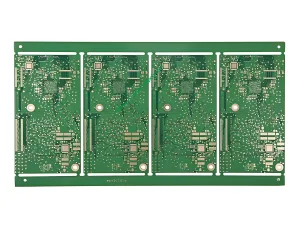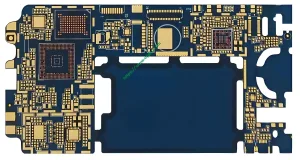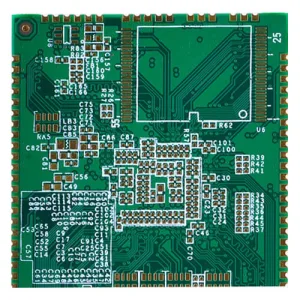Введение в печатную плату разъема типа C
ПХБ разъема типа C-это расширенный электронный компонент, предназначенный для высокоскоростных данных и передачи питания. Это руководство содержит полный обзор продукта, включая его определение, Проектные требования, рабочие принципы, Использование, классификации, материалы, производительность, структура, функции, Процесс производства, и типичные сценарии применения.
Определение
Печата разъема типа C (Печатная плата) является специализированным монтажная плата that incorporates a USB Type-C connector. Он предназначен для поддержки высокоскоростной передачи данных и доставки питания, сделать его идеальным для современных электронных устройств.
Требования к дизайну
Конструкция печатной платы разъема типа C должна придерживаться определенных стандартов, чтобы обеспечить оптимальную производительность и надежность. Ключевые требования к проектированию включают:
Высокоскоростная передача данных
Поддерживает USB 3.1 Генерал 2 или более высокие стандарты для быстрой скорости передачи данных.
Доставка энергии
Способен обрабатывать до 100 Вт доставки энергии, Подходит для зарядных и питательных устройств.
Минимальное след/пространство
Обеспечивает то, что компоненты тонкого шага могут быть точно размещены с минимальной трассой/пространством 3 мили/3 мили.
Точные допуски
Поддерживает строгие требования к допусков для наброска и PSR (Выберите и помещайте надежность).
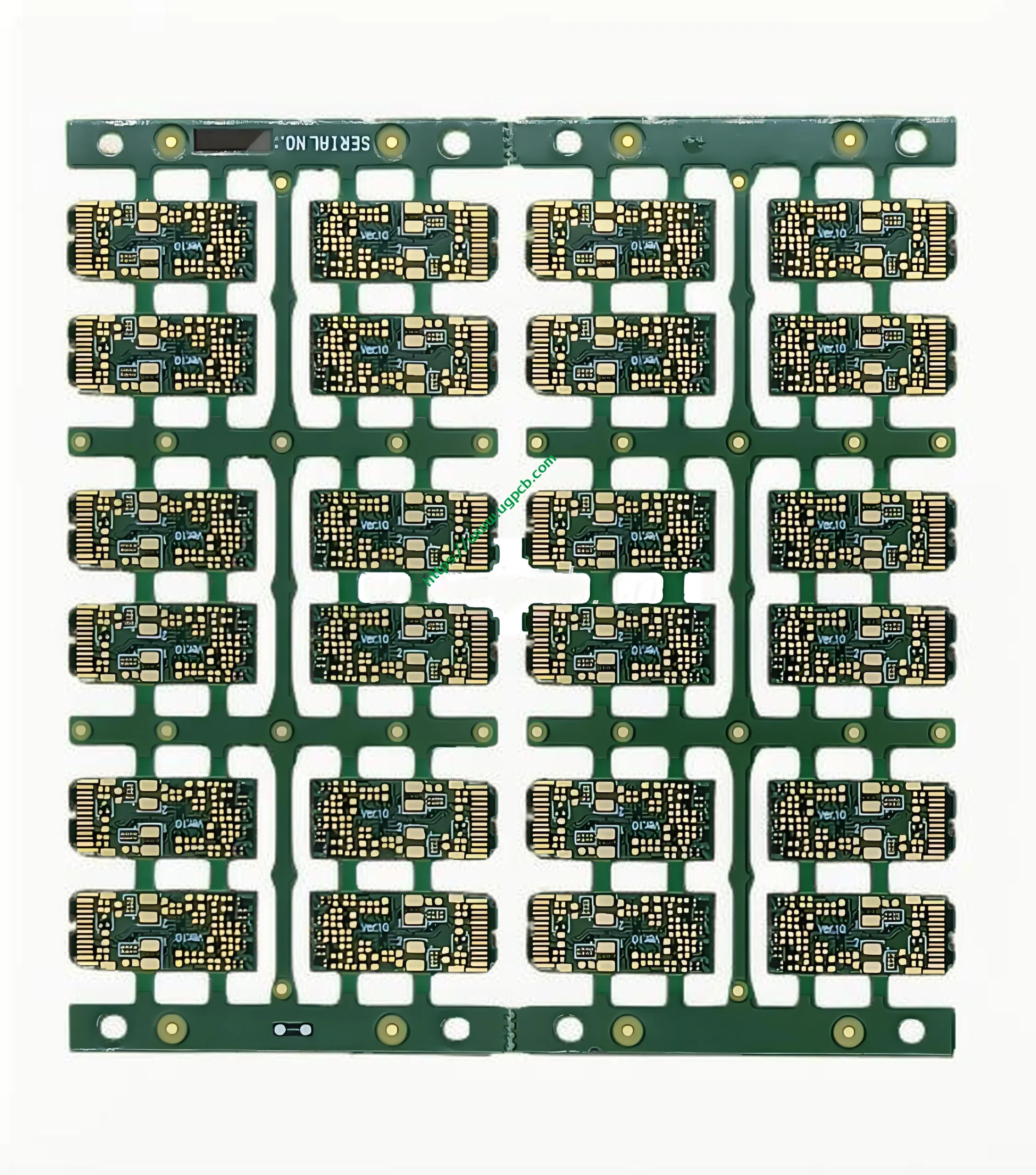
Принцип работы
ПХБ разъема типа C работает на основе принципов электрической проводимости и целостности сигнала. It utilizes copper traces embedded in a high TG FR4 substrate to transmit signals between the Type-C connector and other electronic components on the board. Погрузчика по погружению золота и поверхности OSP повышают проводимость и защиту от окисления.
Использование
ПХД разъема типа C используются в различных приложениях, где высокоскоростная передача данных и доставка мощности важны. Общее использование включает:
Передача данных
Облегчает быструю и эффективную передачу данных между такими устройствами, как ноутбуки, смартфоны, и внешние устройства хранения.
Источник питания
Обеспечивает надежную доставку питания для зарядки батарей и питания электронных устройств.
Подключение к устройству
Обеспечивает связь между различными устройствами, Улучшение функциональности и универсальности электронных систем.
Классификации
ПХБ разъема типа C можно классифицировать на основе нескольких критериев:
По количеству слоев
Многослойные печатные платы, такие как 6-слойный HDI (Взаимодействие высокой плотности) Печата упомянута.
Материалом
Построенный из высокого материала TG FR4 для повышенной термостабильности.
По поверхности обработка
Особенности погружения золота и OSP (Органическая припаяя консервант) Поверхностные обработки для улучшения проводимости и долговечности.
Материалы
Основные материалы, используемые при построении ПХБ разъема типа C, включают:
Высокий TG FR4
Пламя-сражающий стеклянный эпоксидный ламинат материал, известный своей высокой тепловой стабильностью и механической прочностью.
Медь
Используется для проводящих следов, с стандартной толщиной 1 унции.
Зеленый/белый цвет (Пса: Taiyo Ink)
Цвет печатной платы, достигнуто с использованием чернил Taiyo для последовательных и ярких результатов.
Производительность
Производительность ПХБ соединителя типа C характеризуется:
Высокая целостность сигнала
Обеспечивает минимальную потерю качества сигнала на больших расстояниях и высоких частотах.
Долговечность
Устойчивые к факторам окружающей среды, такие как изменение температуры и влажность.
Надежность
Разработан для выдержания повторных соединений и разъединений без разложения.
Структура
Структура печатной платы разъема типа C обычно включает:
Многослойный дизайн
A 6-layer HDI печатная плата with 2+N+2 layer configuration for complex circuitry.
Компоненты прекрасного шага
Позволяет интегрировать компоненты тонкого шага с минимальным размером отверстия 0,2 мм для механических отверстий и 0,1 мм для лазерных отверстий.
Расширенная поверхностная обработка
Покрытие погружения золота и OSP повышают проводимость и защиту от коррозии.
Функции
Ключевые особенности печатных плат соединителя типа C включают:
Высокоскоростные данные и передача мощности
Поддерживает USB 3.1 Генерал 2 или более высокие стандарты для быстрой передачи данных и до 100 Вт..
Компактный дизайн
Тонкий профиль с готовой толщиной 0,8 мм, Подходит для тонких и гладких конструкций устройств.
Надежное строительство
Сделано из высокого материала TG FR4 для повышения долговечности и термической стабильности.
Производственный процесс
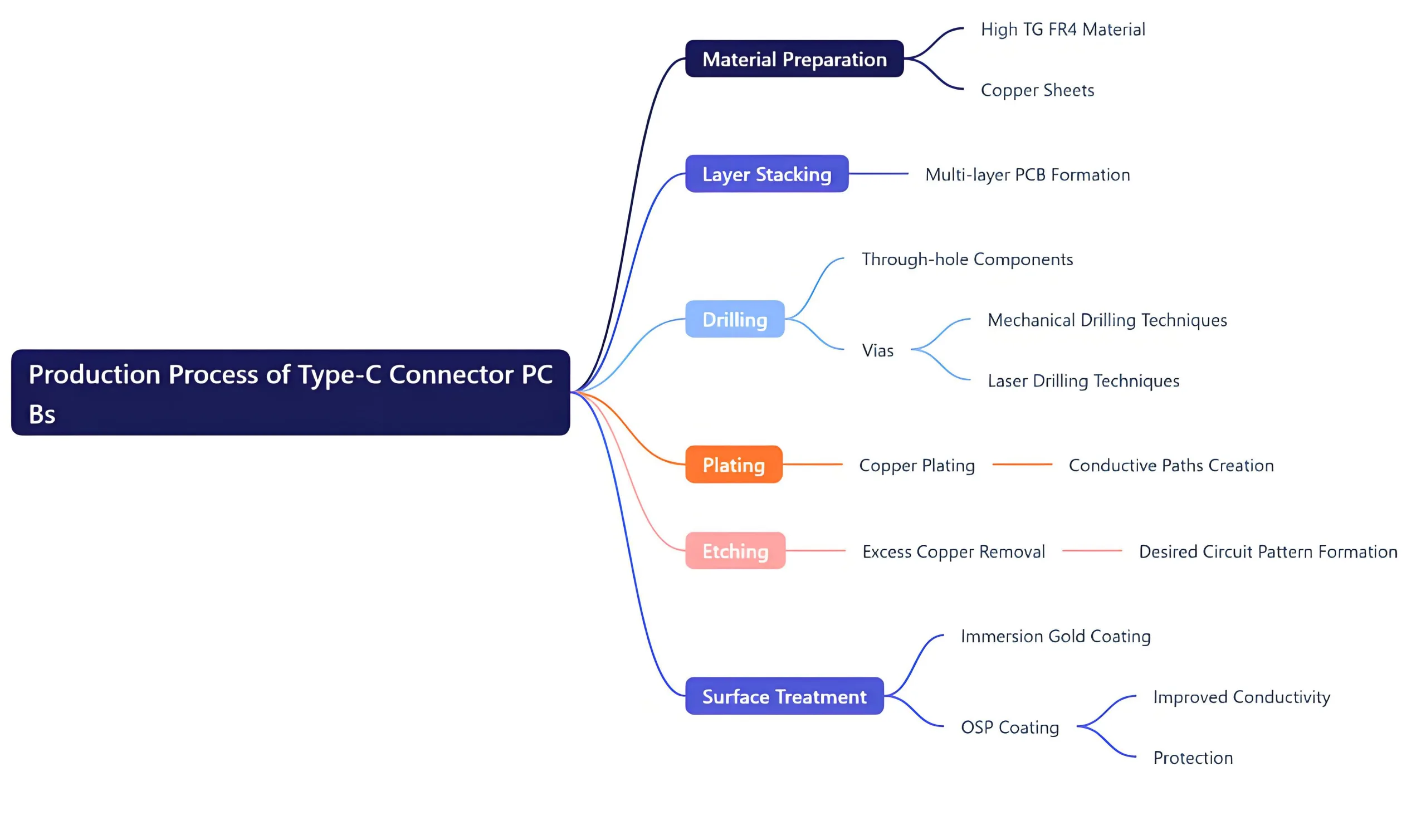
Производство ПХБ разъема типа C включает в себя несколько этапов:
Подготовка материала
Выбор материала с высоким TG FR4 и медными листами.
Наложение слоев
Упаковка нескольких слоев для формирования многослойной печатной платы.
Бурение
Создание отверстий для компонентов и варксеров с использованием механического и лазерного бурения.
Покрытие
Применение медного покрытия для создания проводящих путей.
Офорт
Удаление избыточной меди для формирования желаемой схемы цепи.
Обработка поверхности
Применение погружений золота и покрытий OSP для улучшения проводимости и защиты.
Типичные сценарии применения
ПХБ разъема типа C широко используются в различных приложениях, включая:
Бытовая электроника
Смартфоны, таблетки, ноутбуки, и другие портативные устройства.
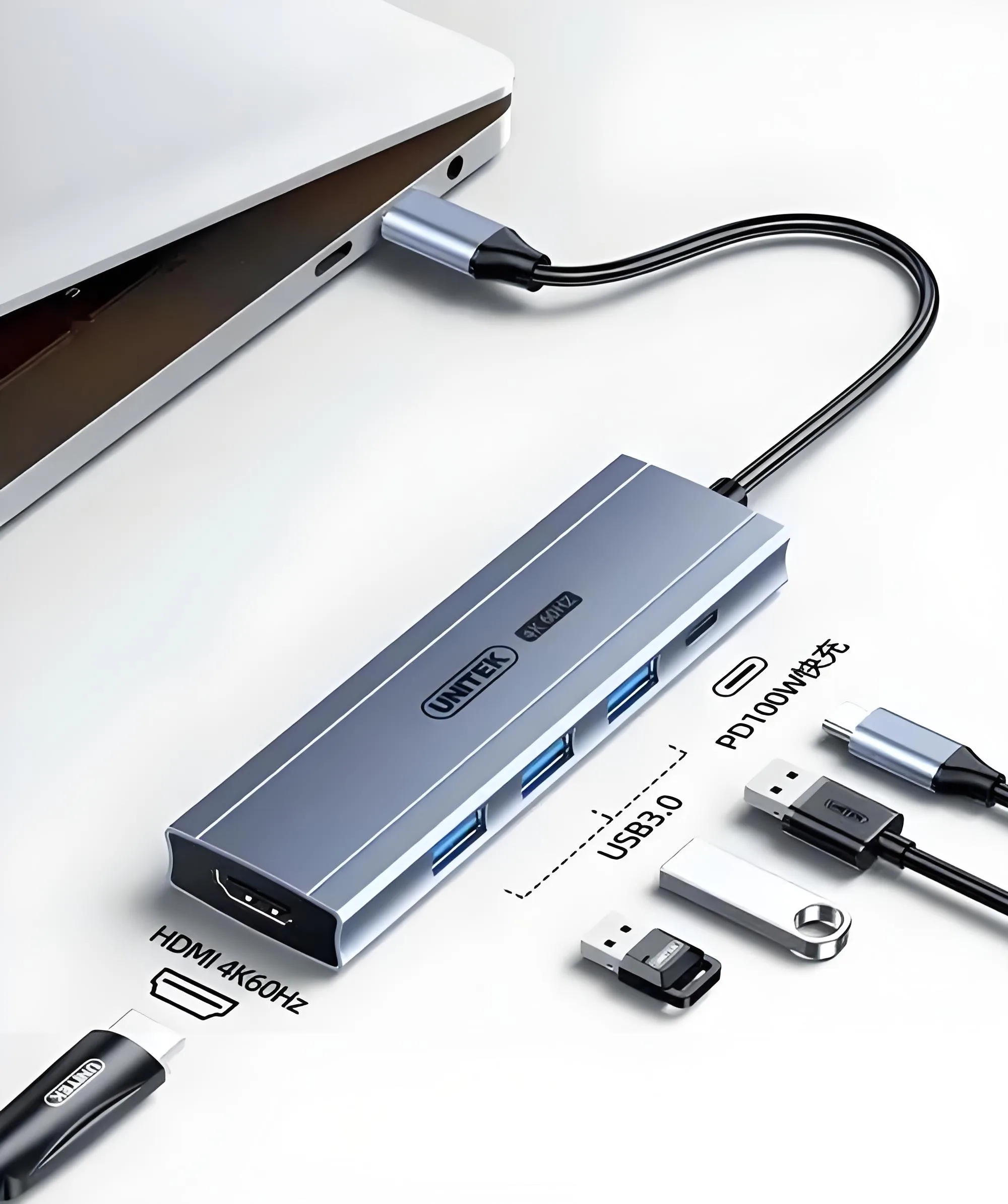
Автомобильная промышленность
Развлекательные системы и зарядные решения в автомобильных автомобилях.
Промышленное оборудование
Управляющие панели и устройства связи, требующие надежного подключения.
Понимая эти аспекты, Вы можете оценить универсальность и важность ПХБ соединителей типа C в современном электронном дизайне.
 ЛОГОТИП УГКПБ
ЛОГОТИП УГКПБ

